Blister Mold Pedia
- 2021-10-12
Blister mold refers to the mold used in blister production. The lowest cost is the plaster mold, followed by the electroplated copper mold, and the most expensive is the aluminum mold. The mold is drilled with small holes, which are used for vacuum adsorption and heating of the hard film to form a blister product.
1.Overview
The plaster mold is mainly made of yellow blister gypsum powder; if the drawings are provided, the plaster material will be milled and manually completed according to the drawing data and requirements; if the actual objects are provided, the actual objects will be used to complete the molds The contour is vacuum-formed into a vacuum cover, and then the plaster mold is reproduced and the mold is modified to complete; it takes about 2-4 days; the plaster mold is easy to make and the time is shorter, which is beneficial to the modification of product packaging, and the price is lower, but The degree of durability is low, and after a period of use, it is easier to damage, and the transparency of the products produced is poor; it is mainly suitable for products with low requirements for first board confirmation and outer packaging transparency.
The plastic mold is usually made into a plaster mold according to product design requirements, and then a vacuum cover is produced from the plaster mold, and a special high-temperature resistant resin material is used to inject the vacuum cover. After the mold is dry, drill holes and polish to complete; about It takes 3-5 days; the price of resin molds is higher than that of copper molds and plaster molds, but the degree of use is equivalent to that of copper molds, and it is more durable. It can solve some technical problems that copper molds and plaster molds cannot handle, such as water marks on the product wall. , This kind of mold can have better results; it is mainly suitable for products with special requirements such as electronics, toys, medicine, food, automobile boutiques, etc.
Various bakelite molds are made of imported heating materials, daily high-temperature tape and high-quality copper nails. They have the characteristics of uniform heating and good sealing effect. They can be applied to all kinds of disc machines, Taiwanese push-pull machines and automatic chain machines. Main applications For heat-sealing packaging of paper cards and blister.
According to the product design requirements, after making the plaster mold, use the plaster mold to produce a vacuum cover, put the vacuum cover on the electrolytic tank, and when the surface reaches 0.5-0.8MM thick, inject the mold into the plaster, inject vacuum air holes, and place the surface of the mold. It can be used after being polished smoothly; it takes about 3-5 days; it is a metal mold type, so it is more durable. The appearance and transparency of the product produced by this type of mold are better; the mold production price is lower, and the use is more extensive. The first choice for the situation; mainly suitable for products with higher requirements such as electronics, toys, stationery, cosmetics, car boutiques, etc.
According to the provided drawings or templates, the program is produced through CAM and other programming software, and the program is processed by CNC machine tools, and then other parts such as air holes and undercut positions are made by hand, and the mold can be polished smoothly. For special requirements, spray Teflon or sandblasting is required. It is made of aluminum materials such as ZL401, 6061 and 7075. This type of mold has high precision and the contours and angles of the products produced are more beautiful, and the durability is very high. The price is also the first of the four types of molds; mainly suitable for electronics , Gifts, toys, medicine, stationery... and other products with higher appearance and size requirements; in fact, alloy aluminum molds are the first choice for large-volume and high-demand blister production, compared to plaster molds, copper molds, and rubber molds. Durable, time-saving, power-saving, high production efficiency and extremely low rejection rate.
The heat-sealing mold is made of high-quality copper or alloy aluminum, which is mainly for the problem of PET high-frequency heat-sealing; the surface treatment is made of Teflon, which is aimed at the PET mold; the embossing pattern is computer-engraved, with clear lines and uniform size, which can be customized according to user requirements Customize various patterns.
The high-frequency mold material is high-quality crimping, and the cutting knife is a laser knife. The cutting edge is smooth without any burrs and the material is torn; the crimping pattern is computer-engraved, with clear lines and uniform size. Various patterns can be customized according to user requirements; airplane holes It can be made according to the actual samples or drawings provided by the customer; it is mainly used for the welding of double blister (PVC or PETG).
Mainly used for punching and punching (round holes, airplane holes and butterfly holes)
Note: Regardless of knife molds and punching molds, molds used for blister production, the lowest cost is the plaster mold, followed by the electroplated copper mold, and the most expensive is the aluminum mold. The mold is drilled with small holes, which are used for vacuum absorption of the heated hard piece to form a blister product.
Mould is the basic process equipment of mechanical industry production, and it is an indispensable tool in the production of industrial products. The performance of the mould made of mould steel needs to pass strict supervision of the production process, and the raw materials for the production of the mould must also be strictly checked. Prevent the mold from forming defects such as early failure due to heat treatment cracking due to material problems.
-
TAG:
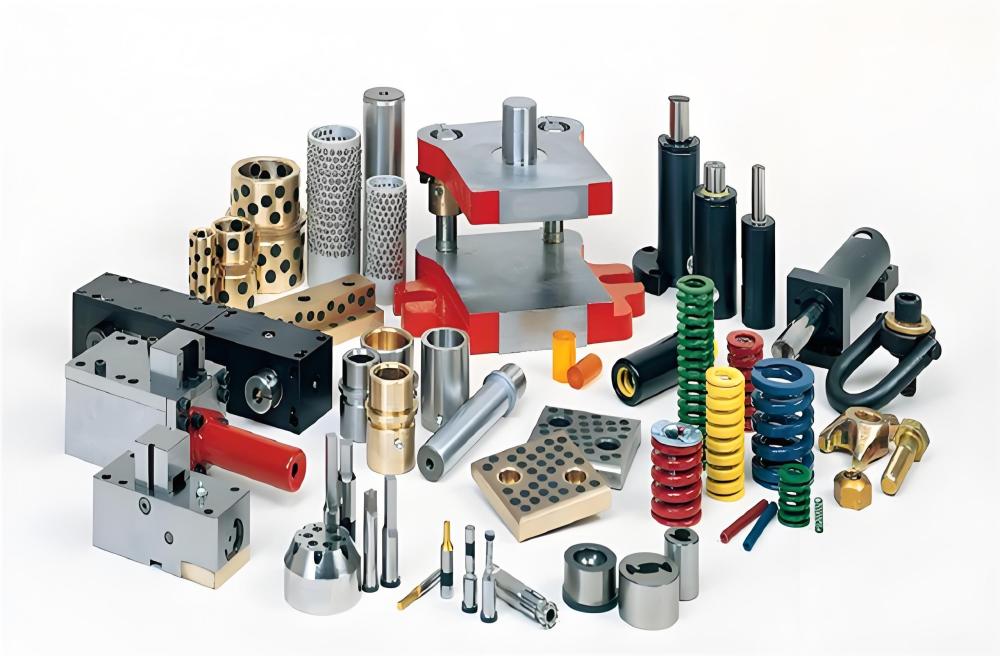
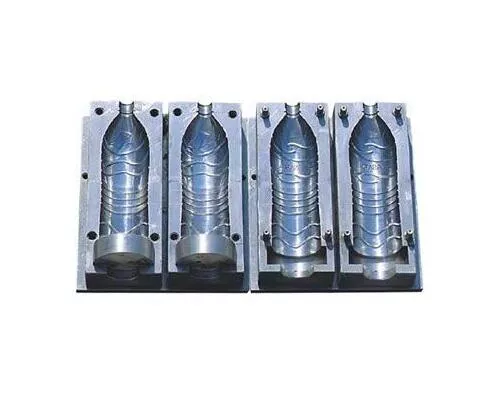
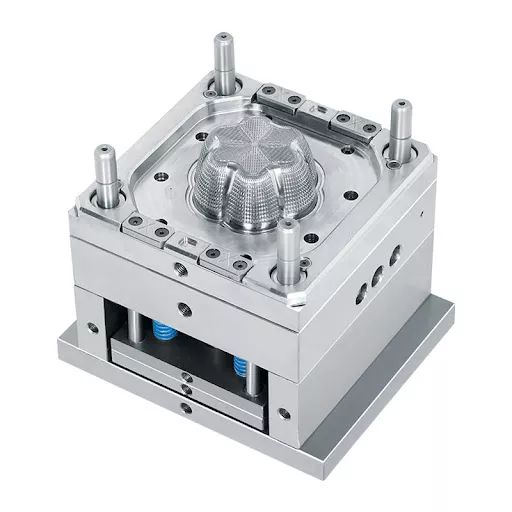
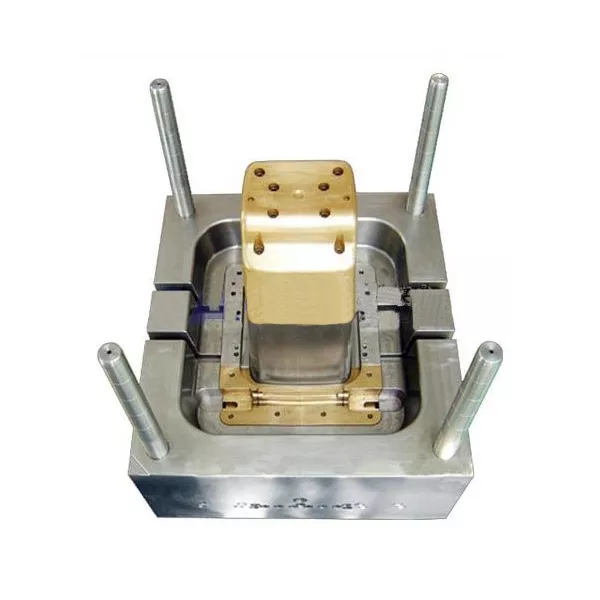
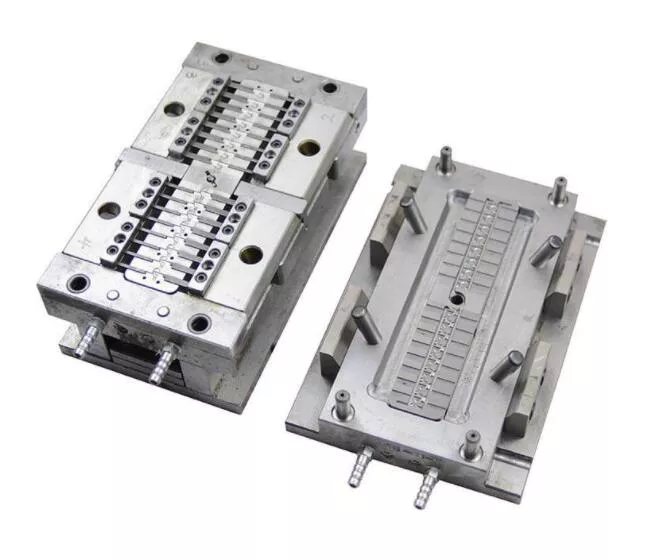
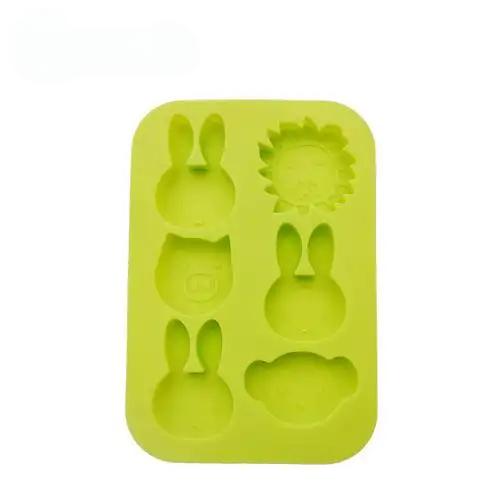
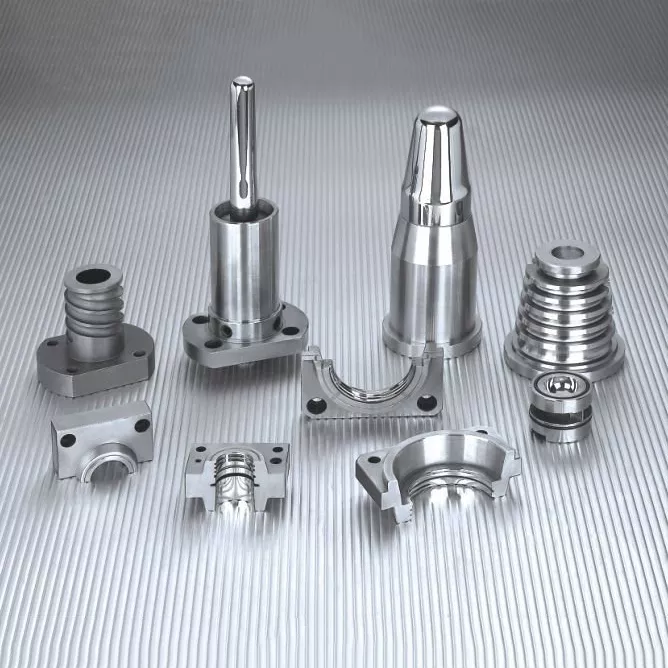
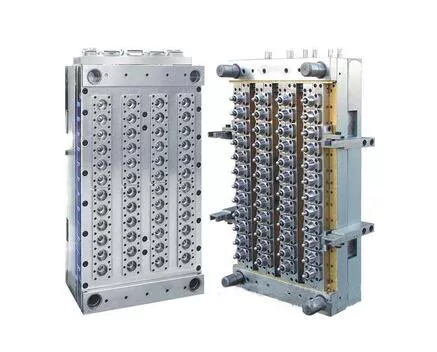
Send Your Inquiry Now